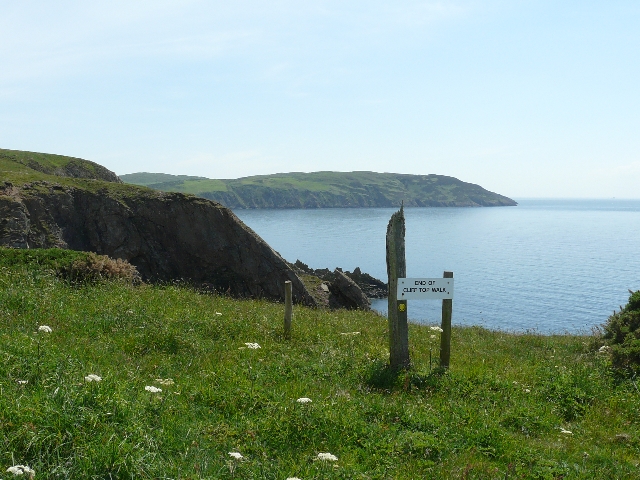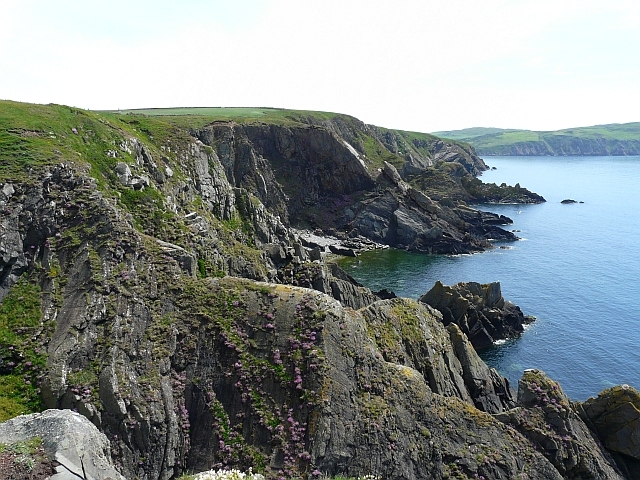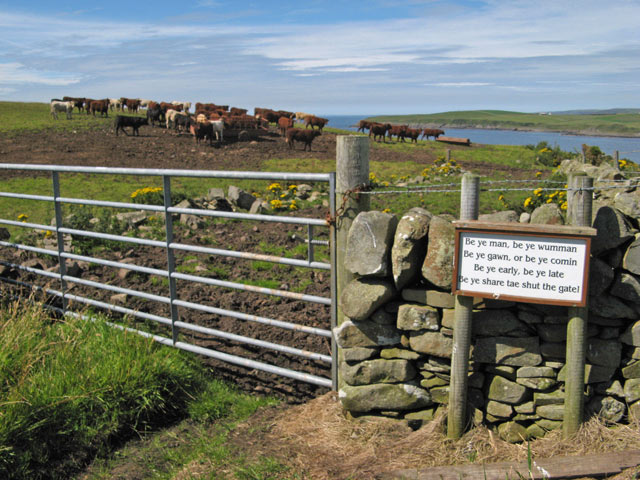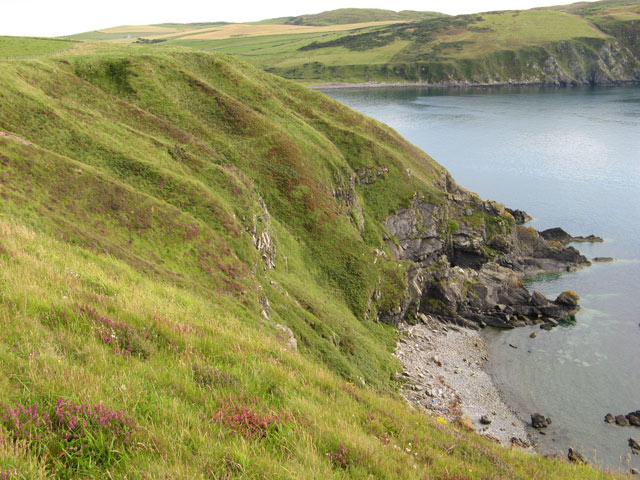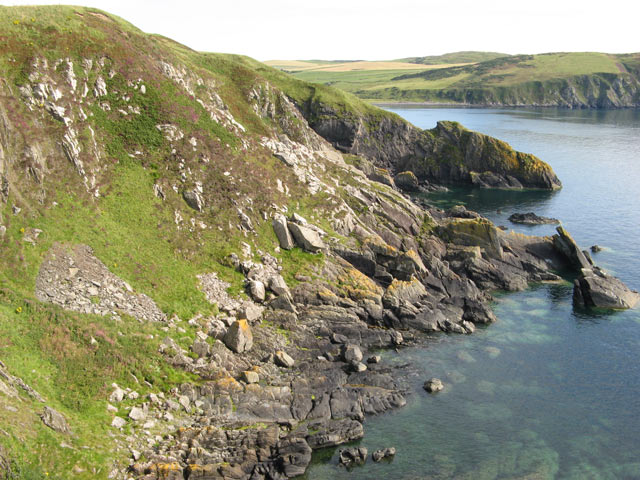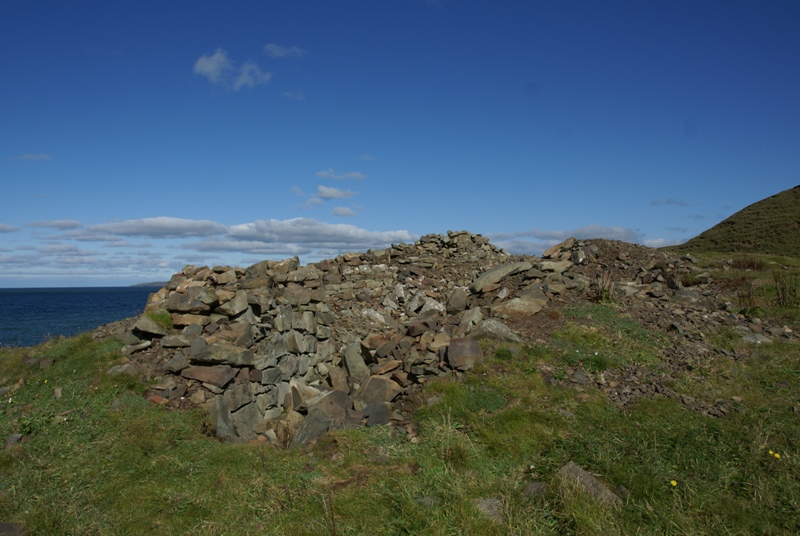Bere Hill
Hill, Mountain in Wigtownshire
Scotland
Bere Hill
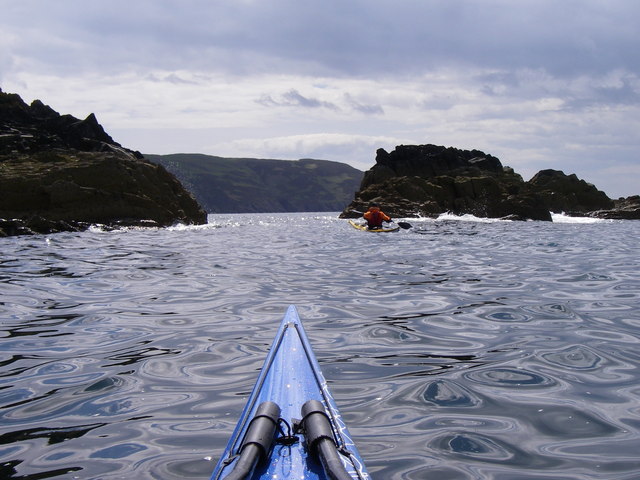
Bere Hill is a prominent hill located in Wigtownshire, a historical county in the southwestern region of Scotland. Rising to an elevation of approximately 240 meters (790 feet), it stands as a notable feature in the scenic landscape of the area. The hill is situated around 5 kilometers (3 miles) northeast of the town of Whithorn and approximately 10 kilometers (6 miles) west of Wigtown.
Bere Hill offers breathtaking views of the surrounding countryside, with its rolling green fields and picturesque valleys. Its location near the coast adds to its charm, as visitors can enjoy glimpses of the nearby Irish Sea on clear days.
The hill is a popular destination for outdoor enthusiasts, attracting hikers, walkers, and nature lovers. Several well-marked trails lead up and around the hill, providing opportunities for exploration and exercise. The diverse flora and fauna found in the area make it an ideal spot for birdwatching and wildlife spotting.
Bere Hill holds historical significance as well, with traces of ancient settlements and archaeological remains discovered in the vicinity. These remnants offer insights into the rich heritage of the region and its early inhabitants.
Overall, Bere Hill in Wigtownshire is a captivating natural landmark that combines stunning views, recreational activities, and historical intrigue. Whether one seeks a peaceful walk in nature, a glimpse into the past, or simply a place to appreciate the beauty of the Scottish countryside, Bere Hill is a destination that offers something for everyone.
If you have any feedback on the listing, please let us know in the comments section below.
Bere Hill Images
Images are sourced within 2km of 54.709918/-4.9341162 or Grid Reference NX1138. Thanks to Geograph Open Source API. All images are credited.
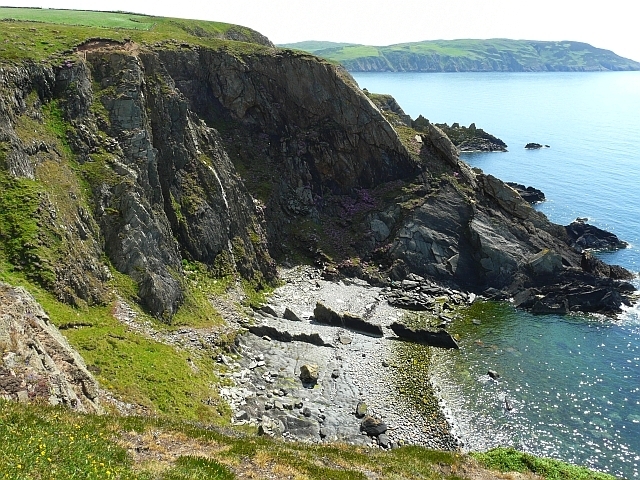
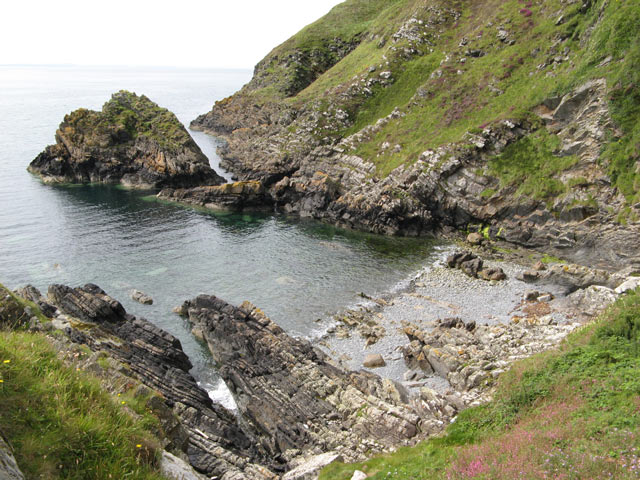


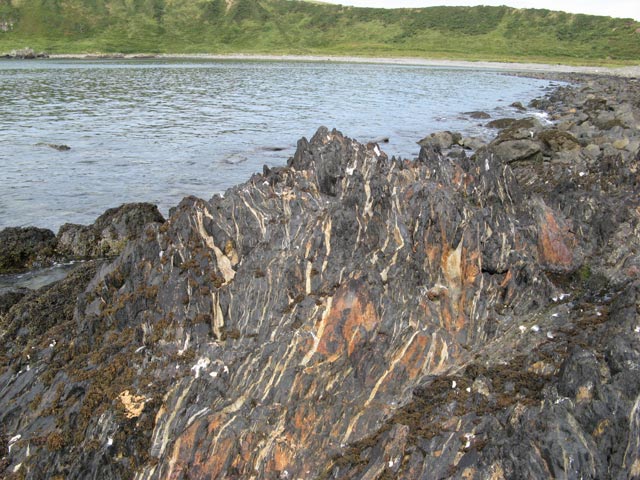
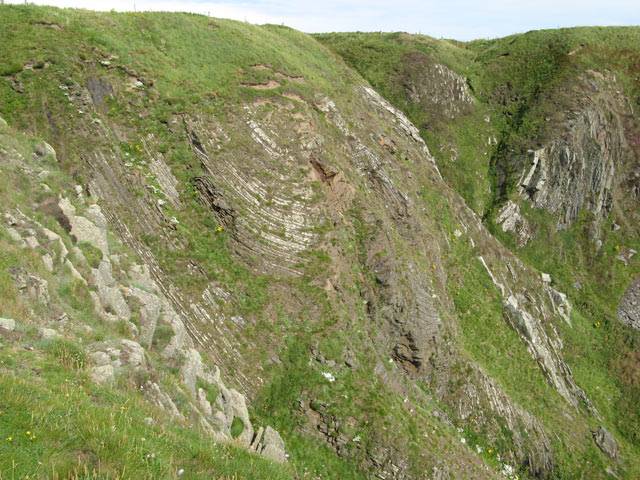
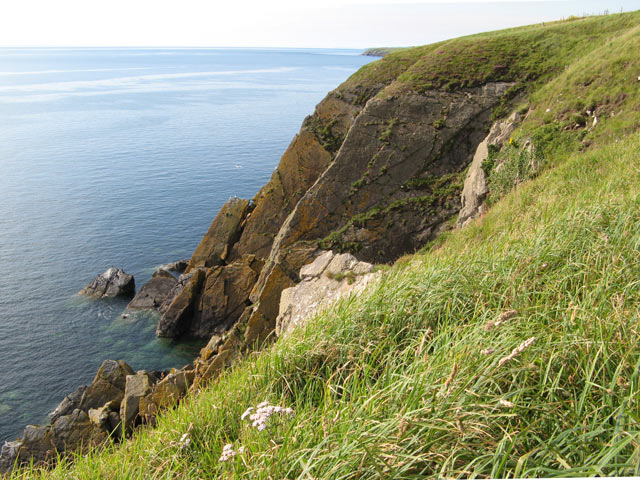
Bere Hill is located at Grid Ref: NX1138 (Lat: 54.709918, Lng: -4.9341162)
Unitary Authority: Dumfries and Galloway
Police Authority: Dumfries and Galloway
What 3 Words
///lectured.lawns.cheek. Near Drummore, Dumfries & Galloway
Nearby Locations
Related Wikis
Port Logan
Port Logan, formerly Port Nessock, is a small village in the parish of Kirkmaiden in the Rhins of Galloway in Wigtownshire. The Gaelic name is Port Neasaig...
Kirkmaiden
Kirkmaiden is a parish in the Rhins of Galloway, the most southerly in Scotland; the present Church of Scotland parish has the same name as and is approximately...
Kirkmaiden (village)
Kirkmaiden (sometimes Maidenkirk; Scottish Gaelic: Cill M'Eudan) is a small settlement in Galloway, Scotland, located approximately 17 miles (27 km) south...
Drummore
Drummore (drum-ORE; (from Gaelic An Druim Mòr meaning "the great ridge") is the southernmost village in Scotland, located at the southern end of the Rhins...
Logan Botanic Garden
Logan Botanic Garden is a botanical garden near Port Logan on the Rhins of Galloway, at the south-western tip of Scotland. The Botanic Garden was established...
Ardwell
Ardwell (from Gaelic Àrd Bhaile meaning "high town", pronounced as "Ardwell") is a village in the Scottish unitary council area of Dumfries and Galloway...
Cairngaan
Cairngaan, Wigtownshire, is the southmost settlement in Scotland. The hamlet of Cairngaan lies just north of the Mull of Galloway (which contains Scotland...
Doon Castle Broch
Doon Castle Broch is an iron-age broch located in Dumfries and Galloway, Scotland (grid reference NX 06702 44683). == Location == The Broch is located...
Nearby Amenities
Located within 500m of 54.709918,-4.9341162Have you been to Bere Hill?
Leave your review of Bere Hill below (or comments, questions and feedback).
